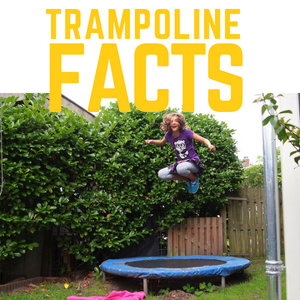[ad_1]
In some ways, different flavors of popular music have been all over the board stylistically. There are big differences between Sinatra and Hank Williams! But in other ways–structurally speaking–it’s surprising how closely different pop styles follow similar structural patterns. In that respect, rockabilly music shares much in common with many different genres of popular music.
Having grown out of a combination of country, blues, gospel, and rhythm and blues music of the early half of last century, it shouldn’t be too surprising that rockabilly music shares much in common with each of those genres. Specifically, rockabilly songs typically follow the familiar 12-bar blues pattern that forms the foundation of millions of songs that have been written and recorded in not only the blues style, but also country, rock and roll, folk music, and many others.
So, what exactly is the “12-bar blues” pattern? For musicians who play in any of the styles I’ve mentioned here, the pattern is second nature. Musicians who don’t pay much attention to music theory may not even realize they’re playing the pattern–it just appears in so many songs that it’s been ingrained into them. But many non musicians have maybe heard the term and wondered what it’s all about. And for rockabilly fans, why should you care?
Well, you certainly are not required to understand the 12-bar blues pattern to enjoy rockabilly music, but if you’re interested to know how it works, here’s a down-and-dirty basic summary!
The pattern is simply a structure that the song writer uses to create a song that makes sense to the western listener’s ear. There’s no law that says a song writer must stick to the structure, but one can’t go too far wrong with it. The structure brings instant familiarity to the listener and makes them feel comfortable with where the song’s going. The composer applies this structure typically to the verses of the song and–not surprisingly given the structure’s name–it is 12 bars, or musical measures, long. The end of those 12 bars leads comfortably into the next section of the song whether it be another 12-bar verse pattern or a variation used as a chorus, solo, or bridge section.
Let’s take the classic Carl Perkins song “Blue Suede Shoes” for our example. The song sticks to the 12-bar blues structure and may be the greatest rockabilly song ever written. Think of the first verse of the song where Perkins helps us count out the measures by providing us with the famous “Well it’s one for the money, two for the show, three to get ready, now go cat go.”
The “one,” “two,” and “three” of the lyrics fall on the first beat of measures one, two, and three of the verse. Add in the “go cat go” and you’ve already made it through four of the 12 bars in the pattern. Perkins uses essentially the same musical chord for those first four measures. That chord may specifically be an E or an A or any other chord depending upon the key in which the song is played, but generically it is known as the “one” chord. The choice of that chord is related to the 12-bar blues in that a very common chording pattern (one, four, one, five, one) typically works hand in hand with the 12-bar pattern. That’s another discussion for another day and starts diving deeper into music theory than most fans want to get!
After those first four bars, the song switches to what’s known as the “four” chord and the song’s melody changes accordingly. The song stays on the four chord for two bars. In our example, Perkins sings, “Now don’t you step on my blue suede” and we’re six bars in–half way through the pattern. The word “shoes kicks off the seventh bar of the pattern back on the “one” chord and Perkins fills the rest of bar seven and bar eight with a nifty guitar riff.
Over bars nine and ten, Perkins sings “do anything, but lay offa my blue suede shoes” over what’s known as the “five” chord. He finishes off the pattern back on the one chord with his great guitar lick again and then the whole pattern repeats itself as he launches into the “Well you can knock me down… ” of verse two.
“Blue Suede Shoes” is a brilliant example of the 12-bar blues pattern in rockabilly music. It’s actually somewhat unusual because the song doesn’t have a distinct chorus section. Instead, Perkins builds what serves as his chorus right into the last eight bars of the verse so that the two actually share the same 12-bar pattern instead of using distinctly different patterns for each.
“Blue Suede Shoes” is simply a great example of the 12-bar blues pattern used in rockabilly and other forms of popular music. Things get even more interesting when song writers start playing with and experimenting around the standard pattern. There are no set rules about how many bars a song or its individual sections has to have. For example, Gene Vincent’s brilliant “Be Bop a Lula” uses a standard 12-bar blues pattern for the chorus (where Gene sings, “Be Bop a Lula she’s my baby. Be Bop a Lula I don’t mean maybe.” and so on.) But his verse sections use an unusual eight-bar pattern and it all works beautifully.
If you consider the 12-bar blues pattern a rule, then songs like “Blue Suede Shoes” prove that the rules make great rockabilly music. And songs like “Be Bop a Lula” prove that, with rockabilly, the rules are made to be broken!
[ad_2]




